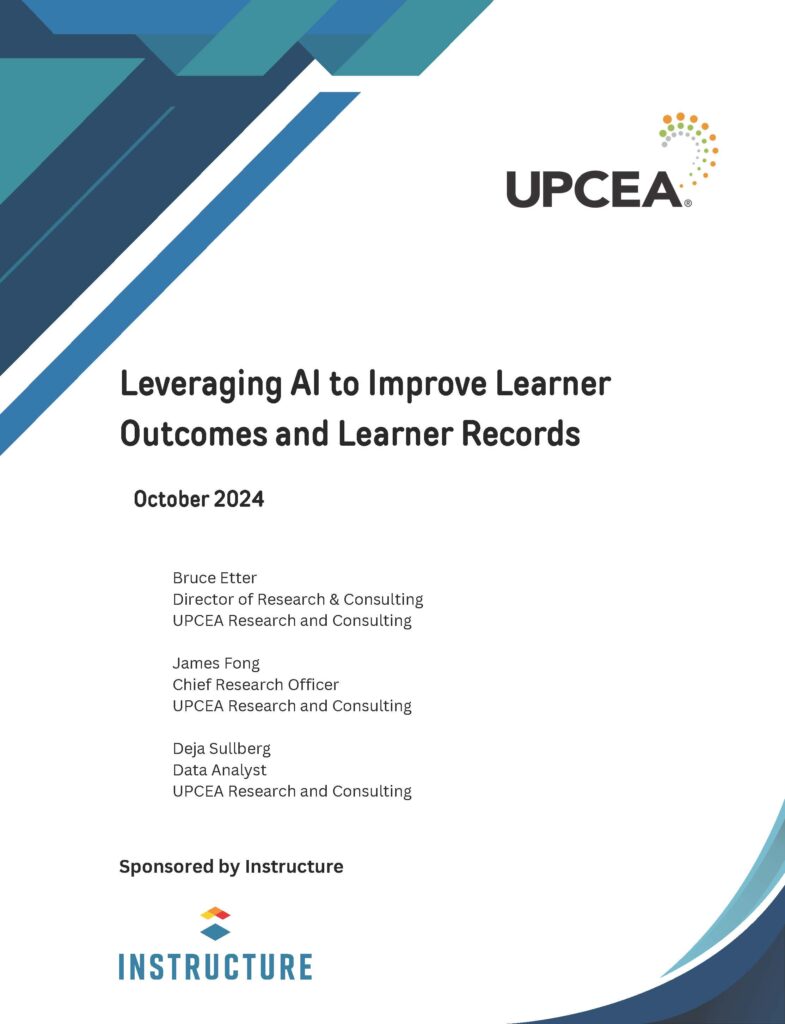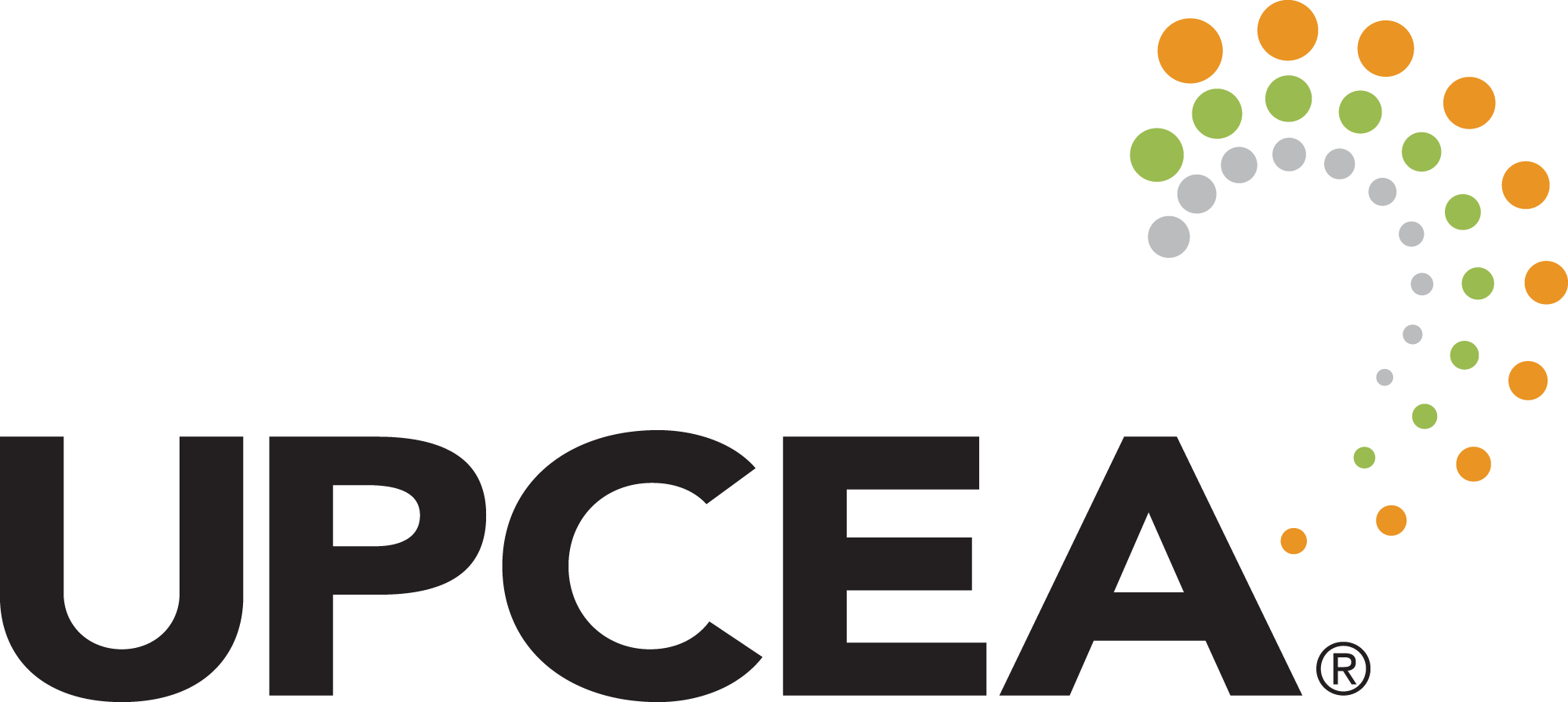UPCEA, the online and professional education association, and Instructure, the leading learning ecosystem, recently released findings from a new study examining whether institutions are leveraging AI to improve learner outcomes and manage records, along with the specific ways these tools are being utilized.

Key Findings Include:
- Forty-five percent of respondents have a role in academic technology at their institution, 42% are involved in learning design, 16% in information technology, and 12% in student support. Forty percent are from small institutions, 30% from medium institutions, and 30% come from large institutions.
- Sixty-one percent are extremely or very involved with developing learner experiences and/or tracking learner outcomes at their institution, while 36% are somewhat involved.
- Nearly half (49%) of participants said their institution does not currently use any AI-driven tools to enhance learner experience and improve outcomes, while 31% are from institutions that do use them, and 21% were not sure. Among those who use AI-driven tools, 52% use predictive analytics for student success, 52% use AI-driven feedback systems for student assignments, 39% adaptive learning platforms, and 39% stimulated classroom experiences.
- When participants were asked what challenges they have encountered when leveraging AI-driven tools to improve learner experiences and outcomes, 71% said academic integrity or quality concerns, 57% data privacy concerns, 52% insufficient training for faculty/staff, and 52% tool effectiveness.
- Forty-two percent said their institution has not implemented a digital comprehensive learner record, while 36% were unsure/don’t know, 19% said not yet, but they are actively working towards implementation, and just two of 67 respondents (3%) said their institution has implemented a digital comprehensive learner record.
- Over half (52%) said their institution issues digital credentials, while 42% said it does not, and 7% were unsure.
- Among those who said their institution does issue digital credentials, 55% said strategic institutional goals have influenced the adoption of these credentials, 52% said student demand for digital credentials, and 45% said employer demand for skills validation.

About UPCEA
UPCEA is the online and professional education association. Our members are continuously reinventing higher education, positively impacting millions of lives. We proudly lead and support them through cutting edge research, professional development, networking and mentorship, conferences and seminars, and stakeholder advocacy. Our collaborative, entrepreneurial community brings together decision makers and influencers in education, industry, research, and policy interested in improving educational access and outcomes.
© 2024 UPCEA
